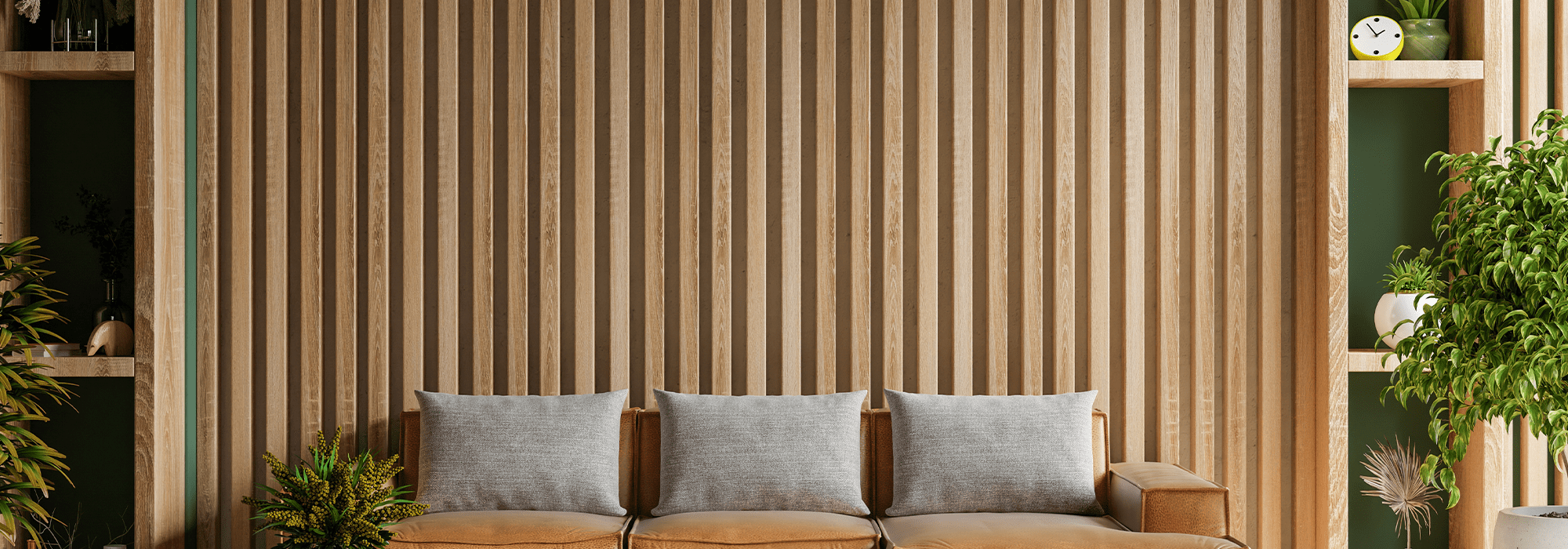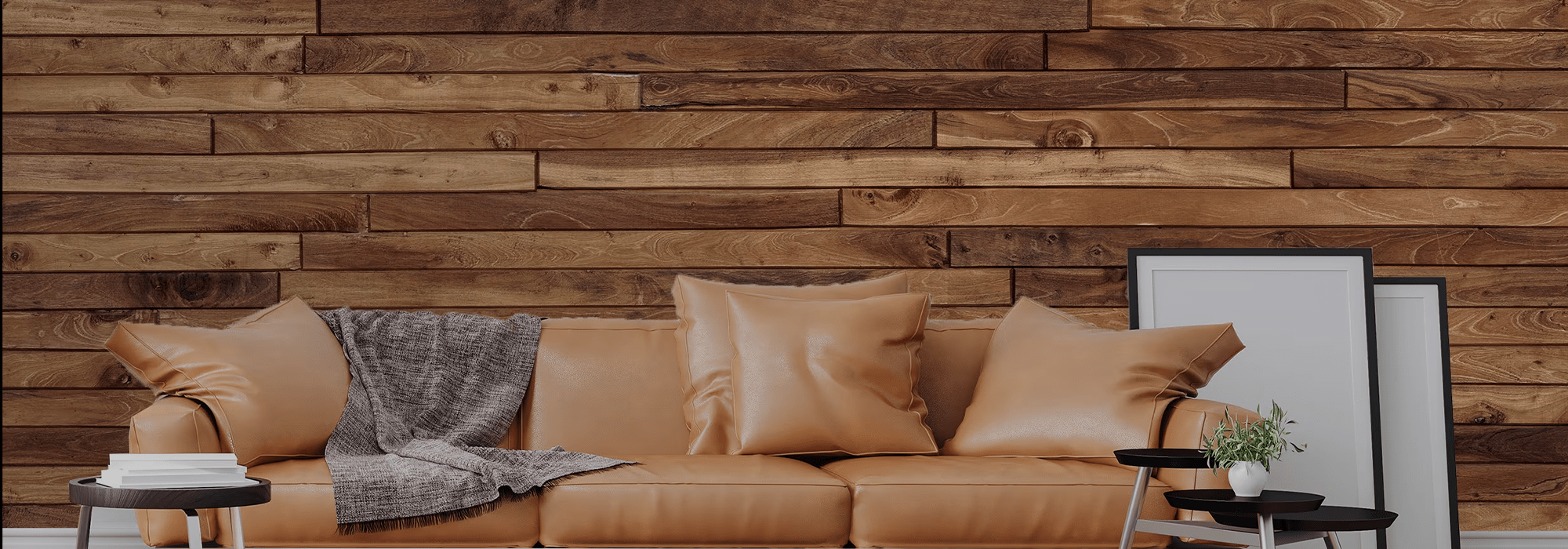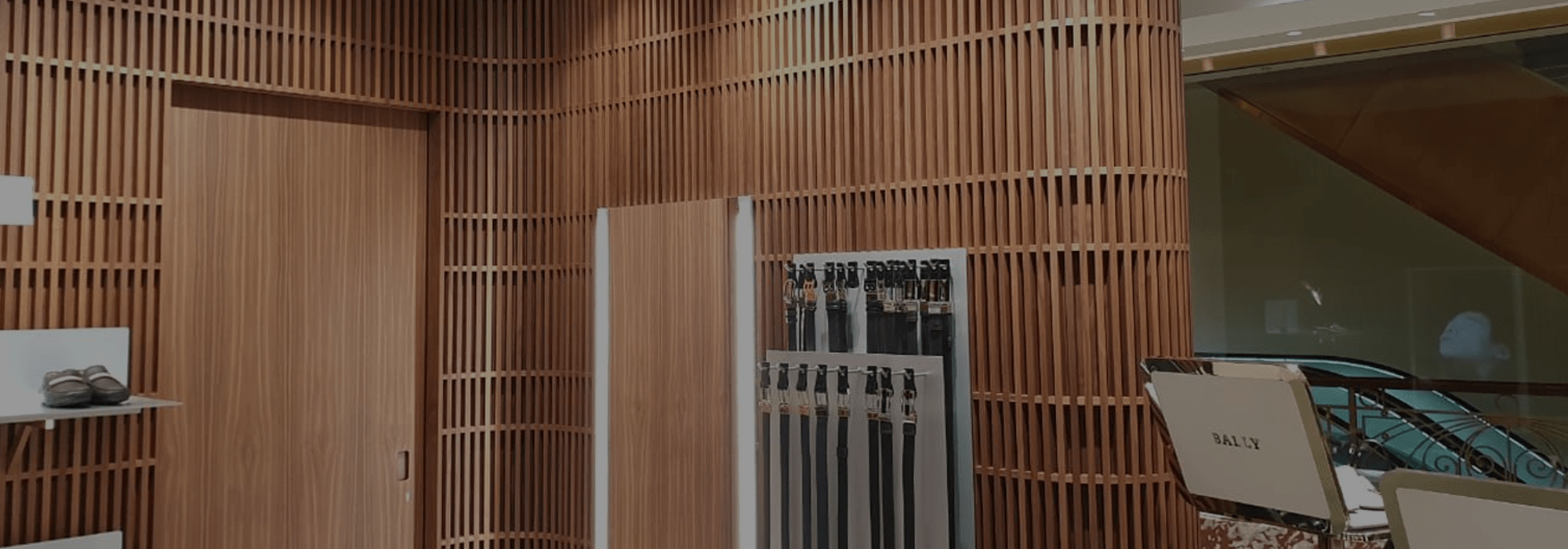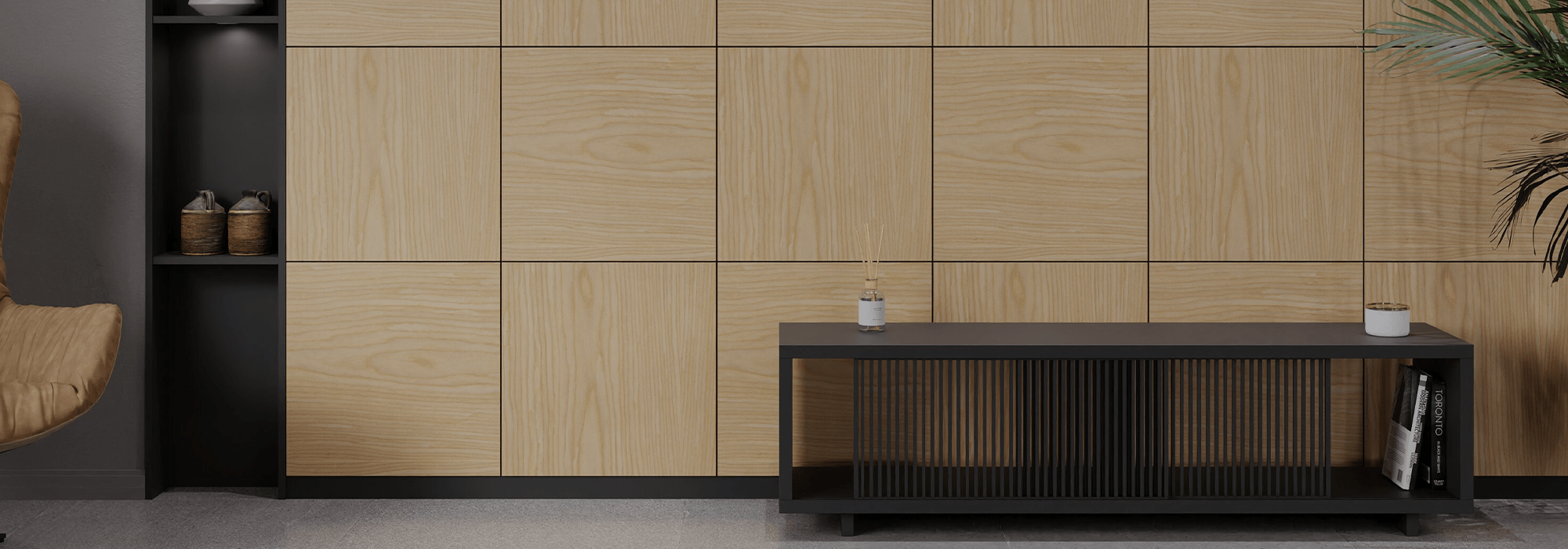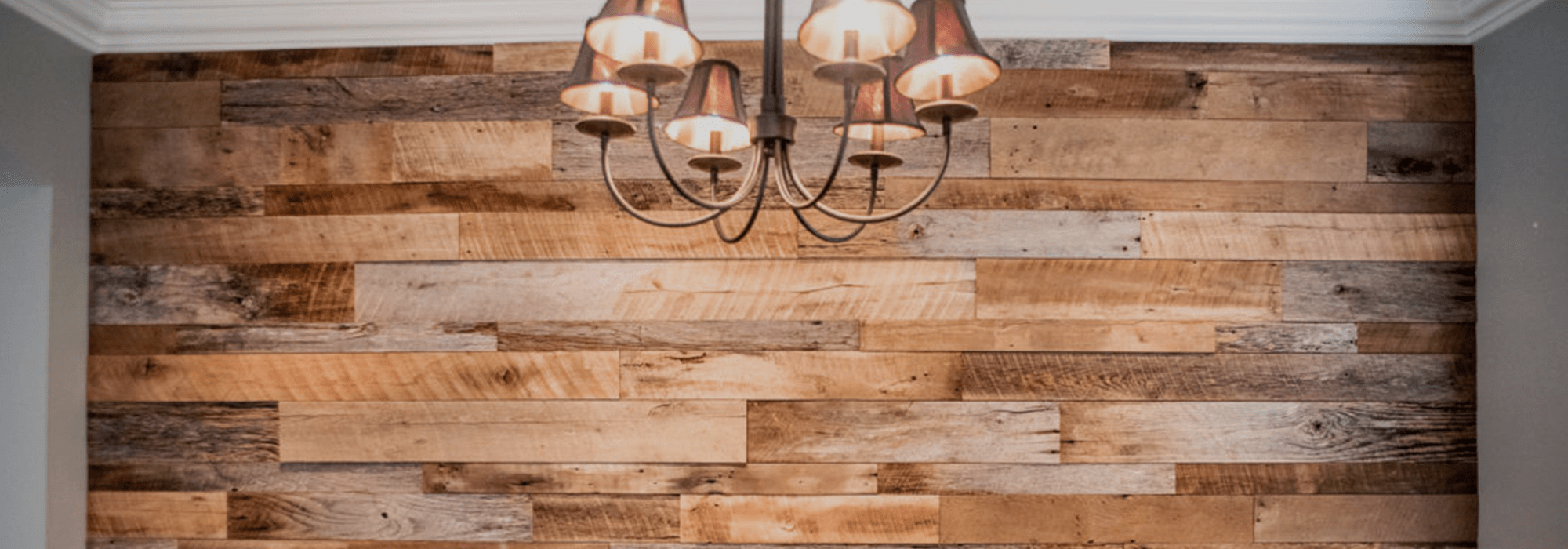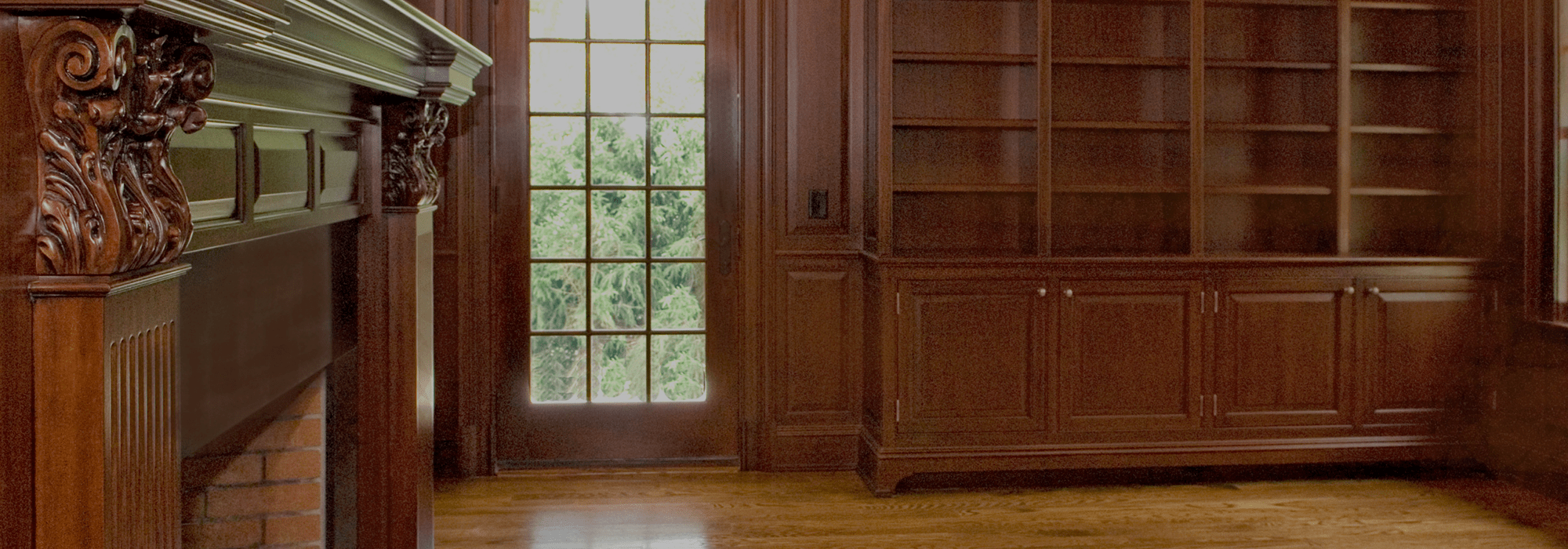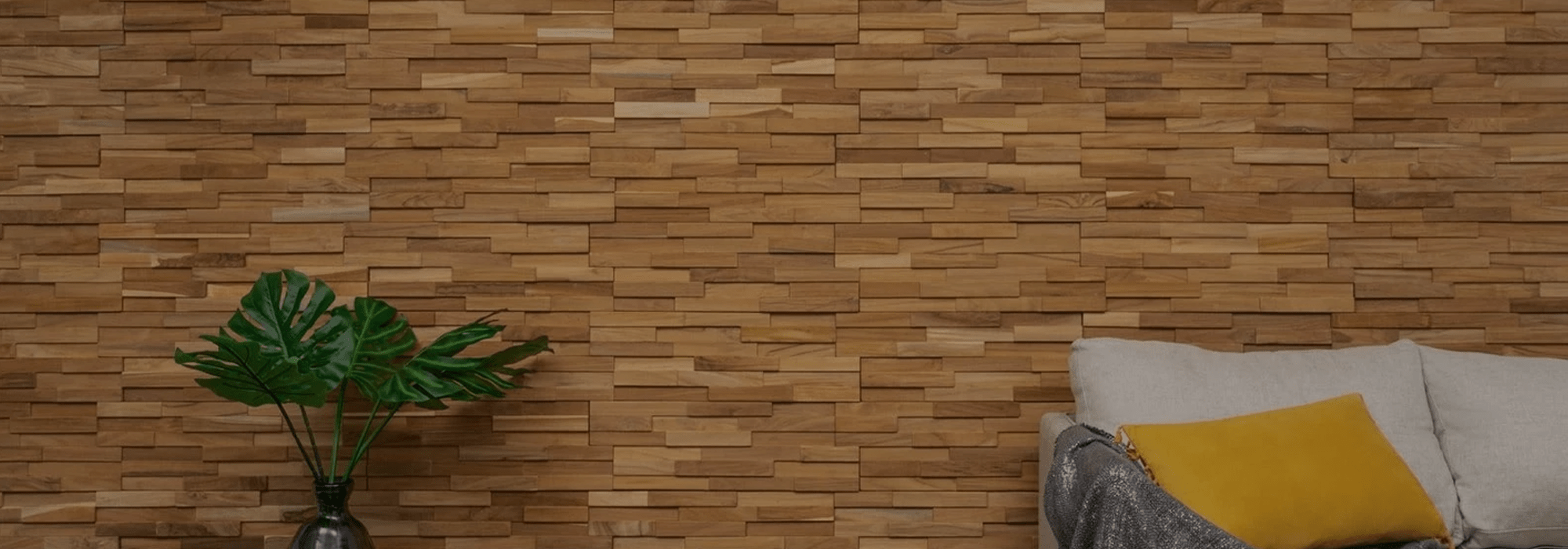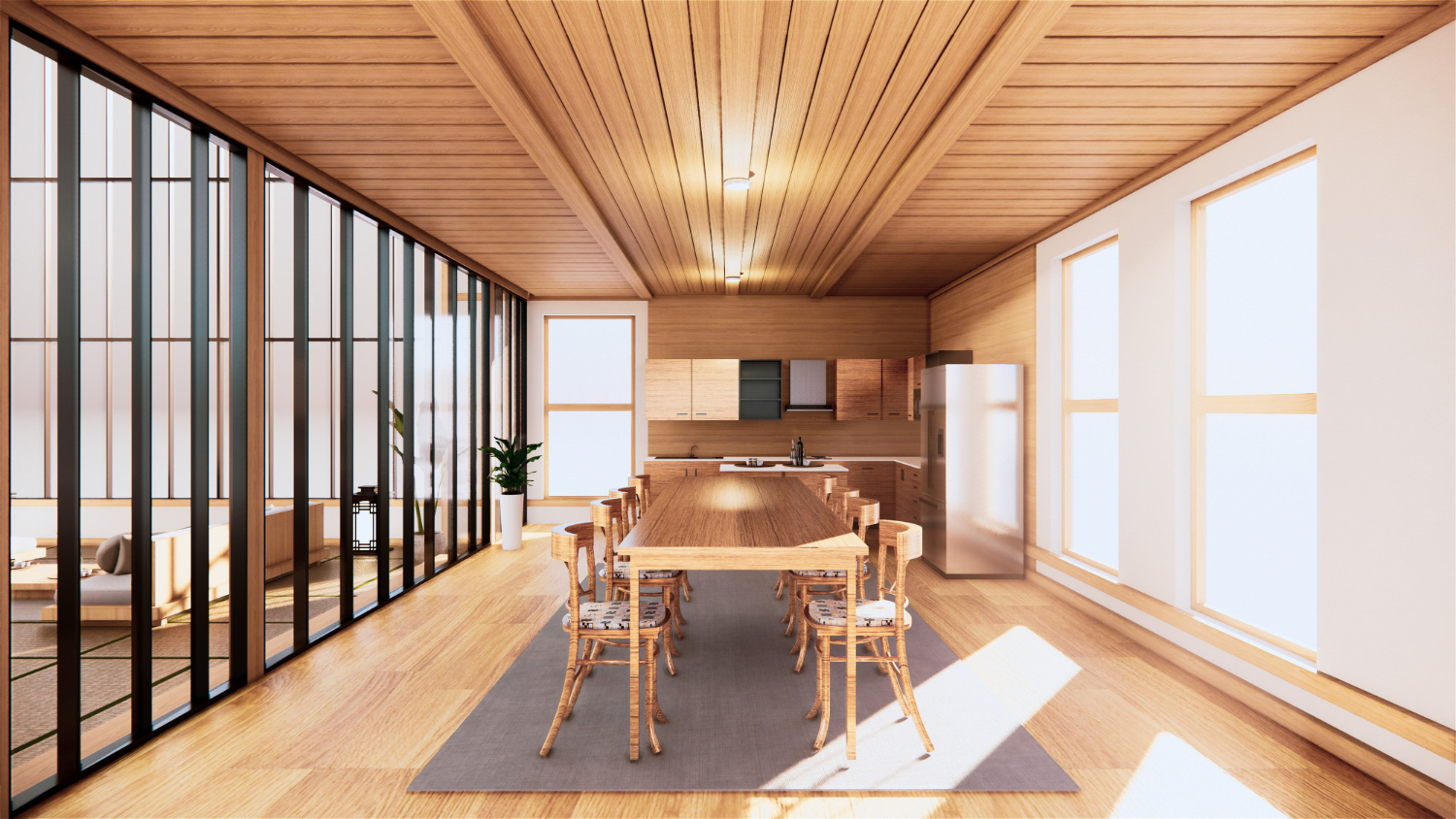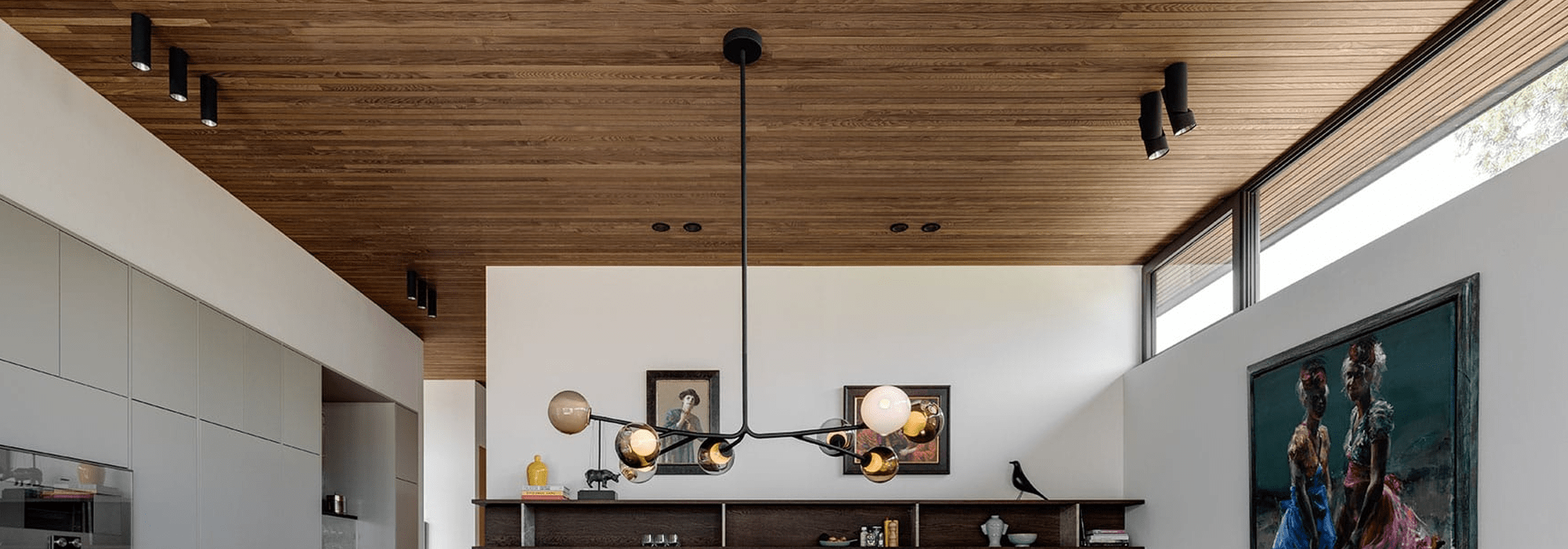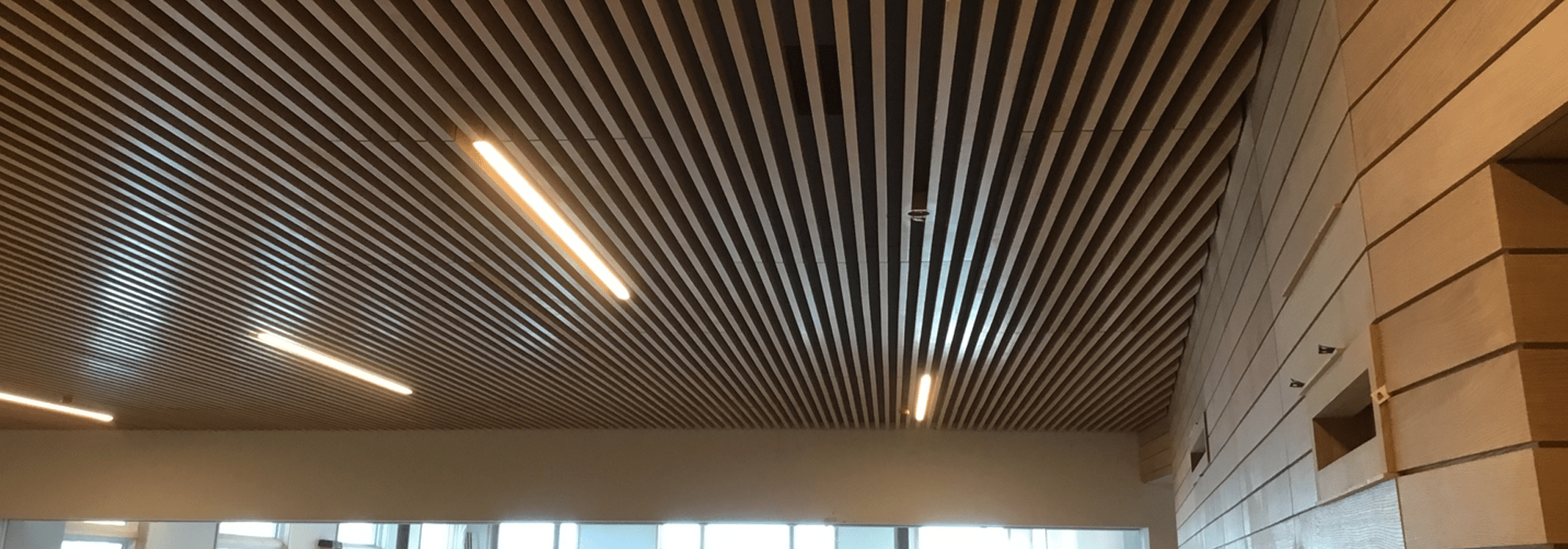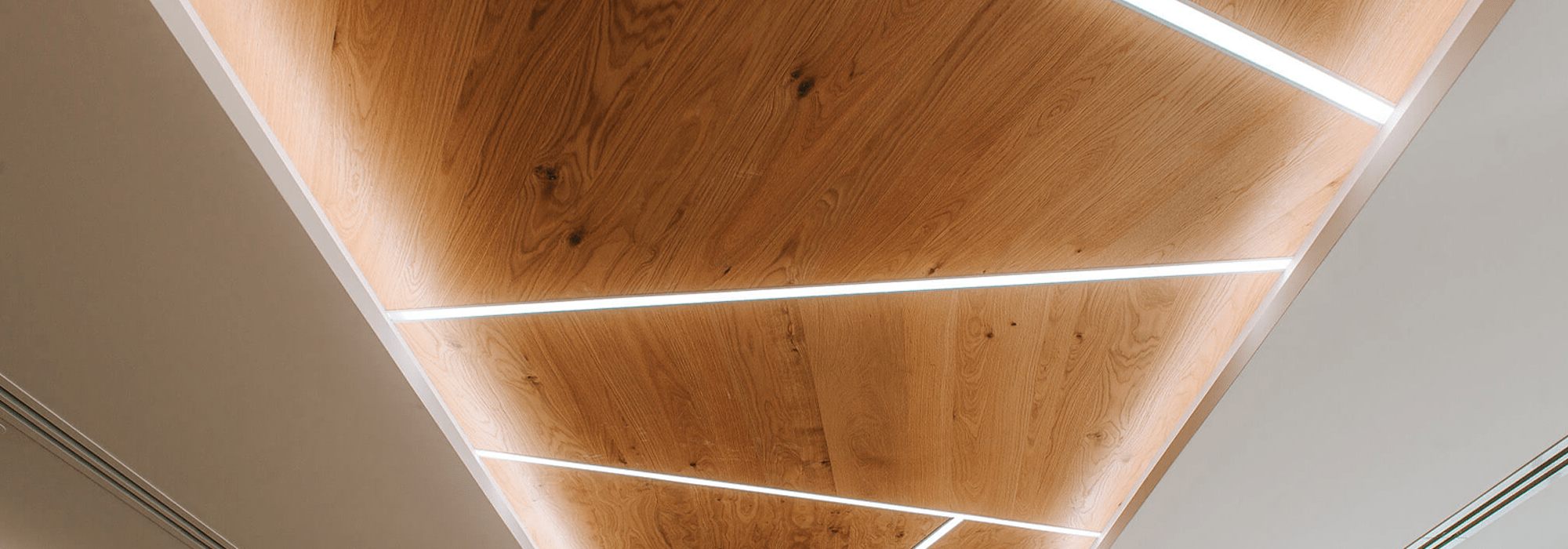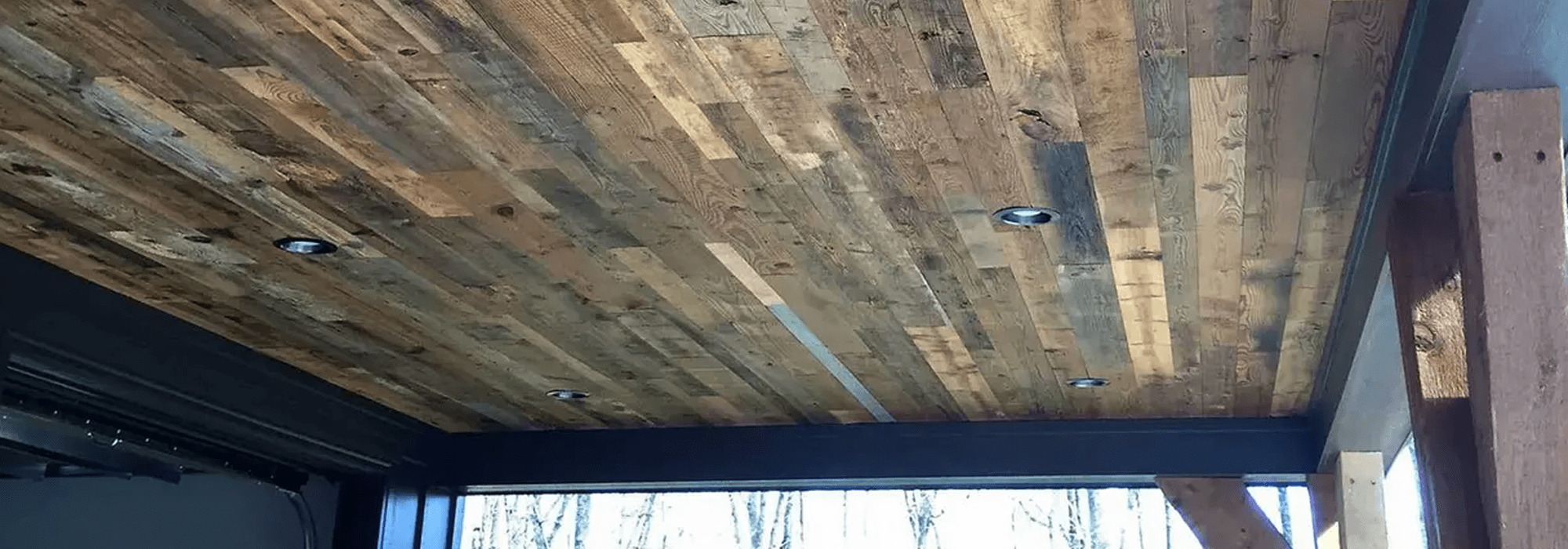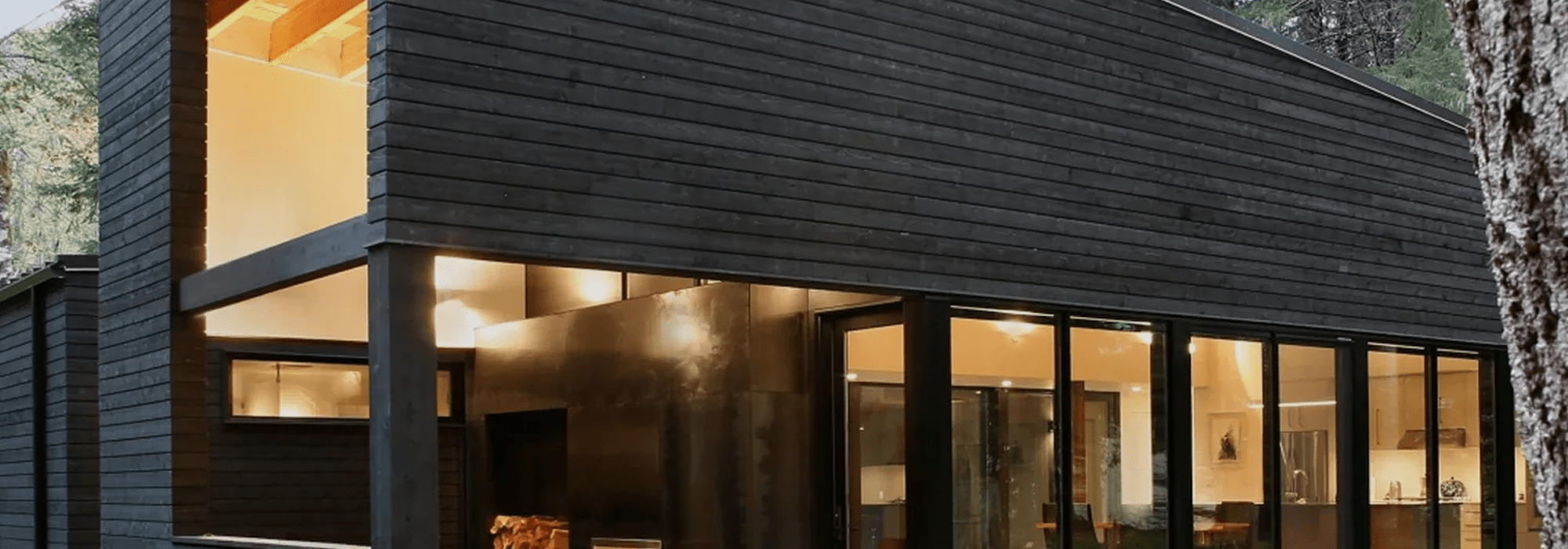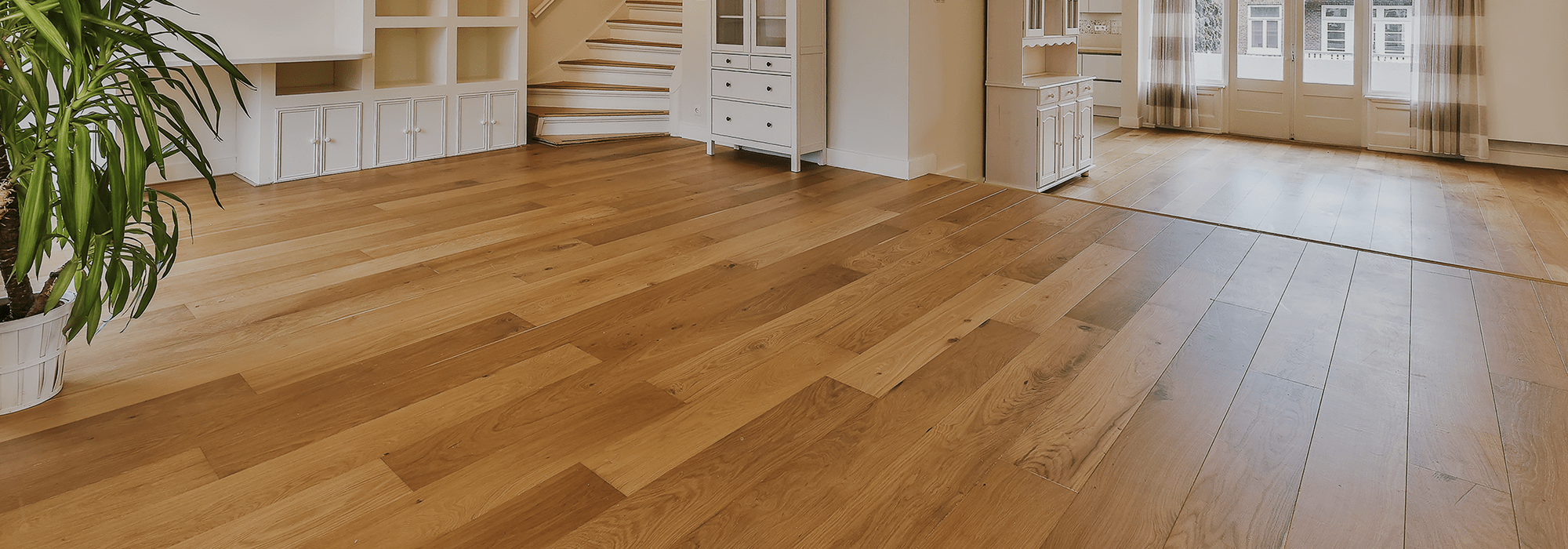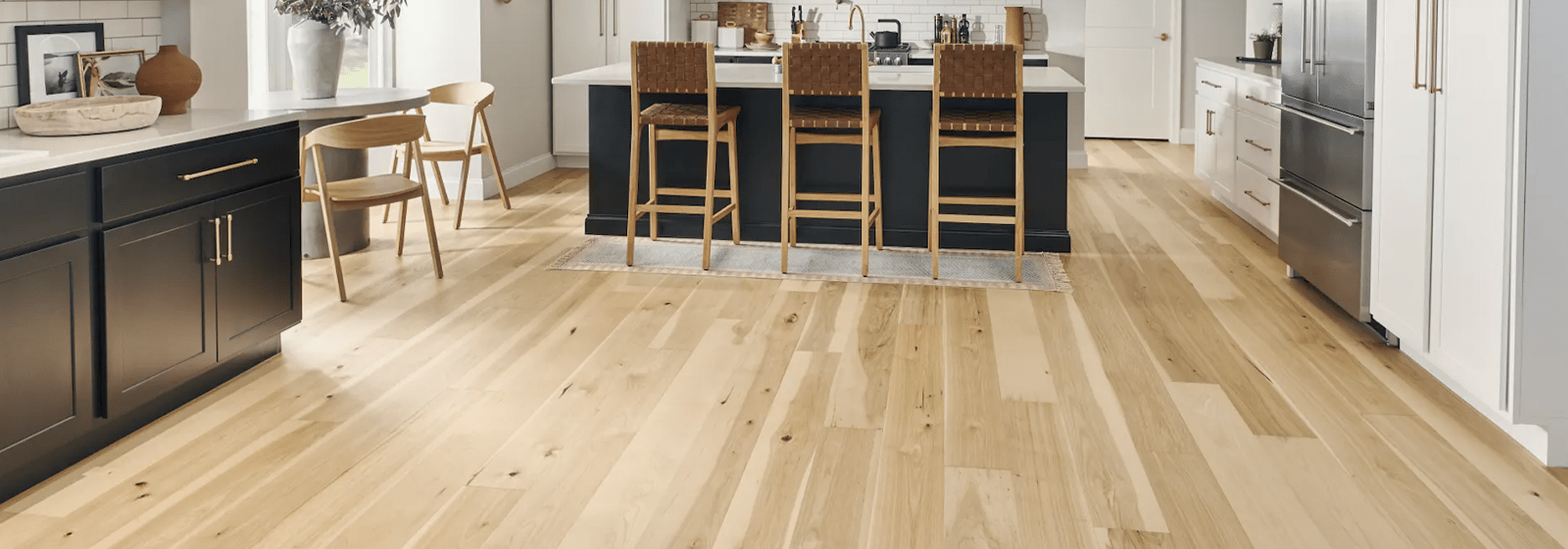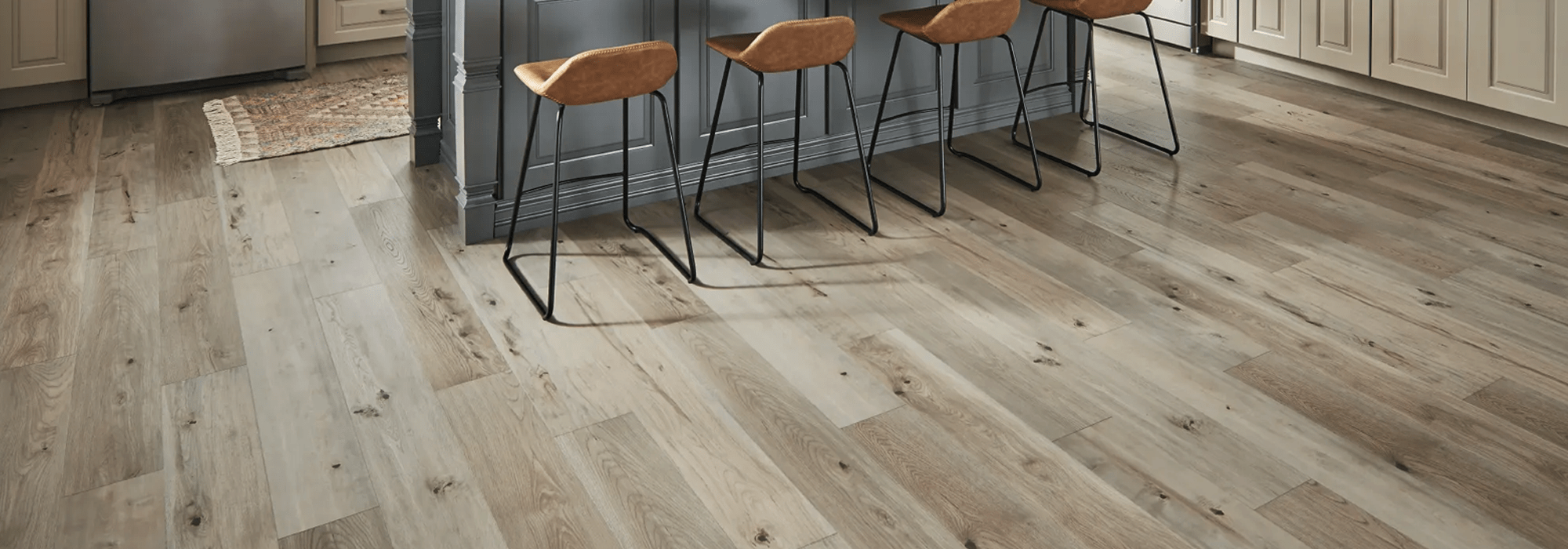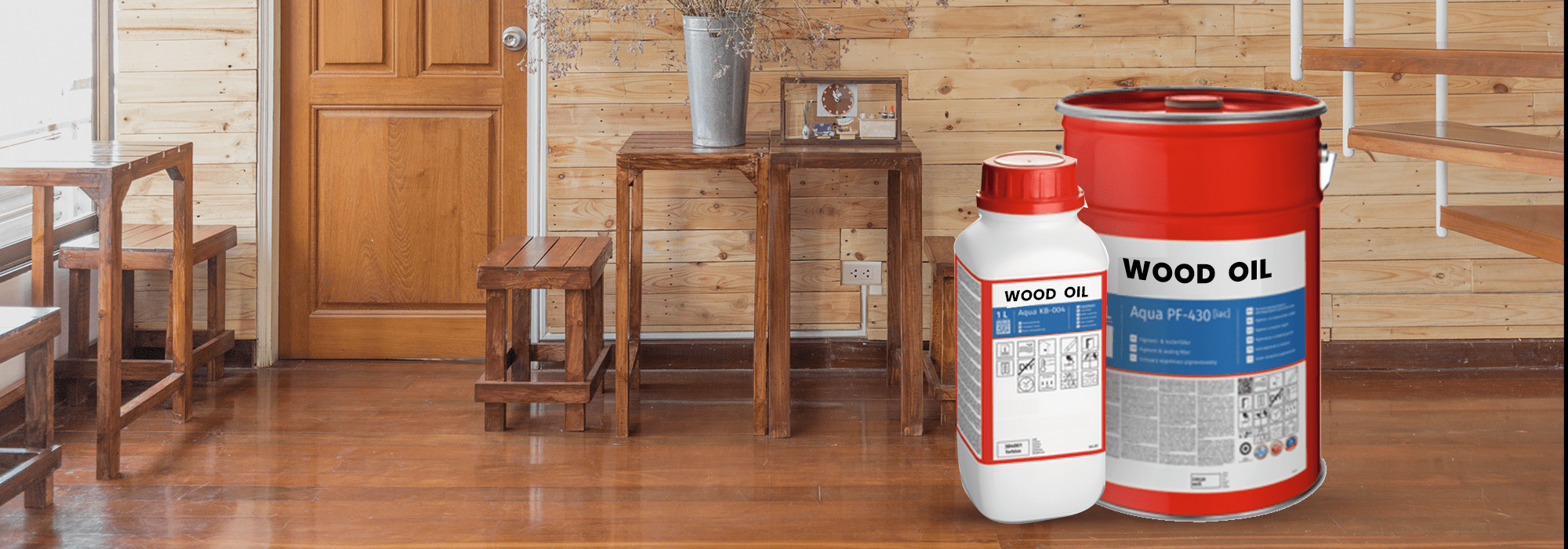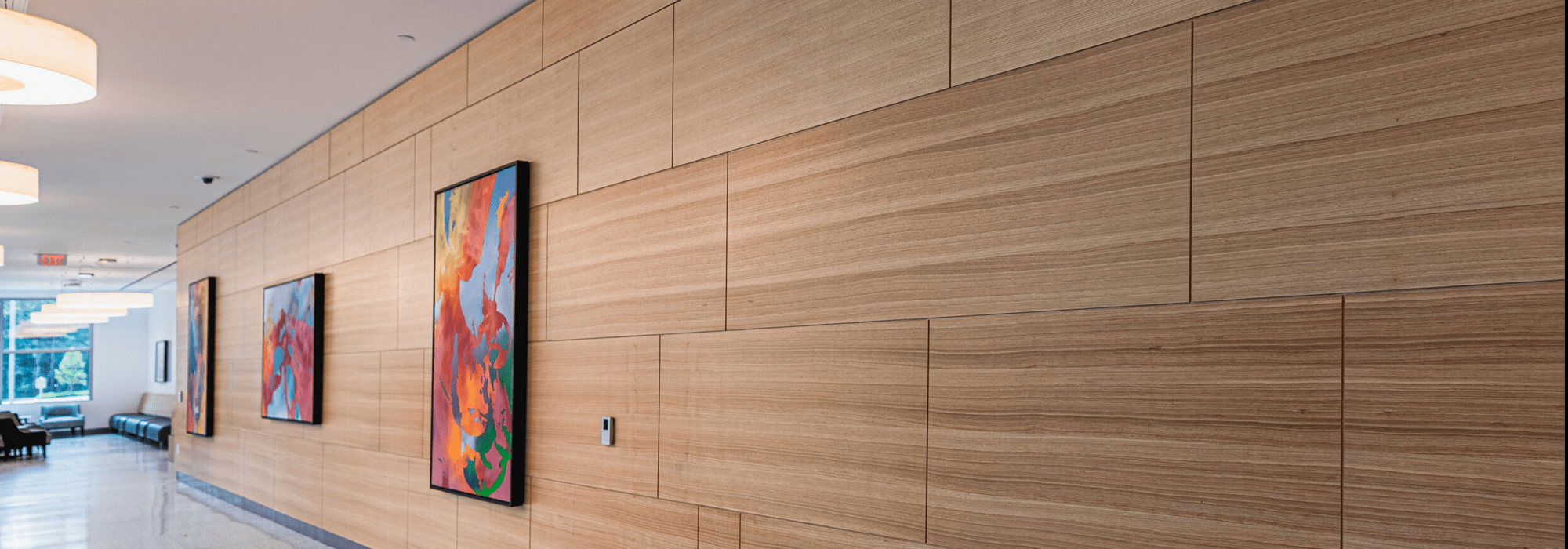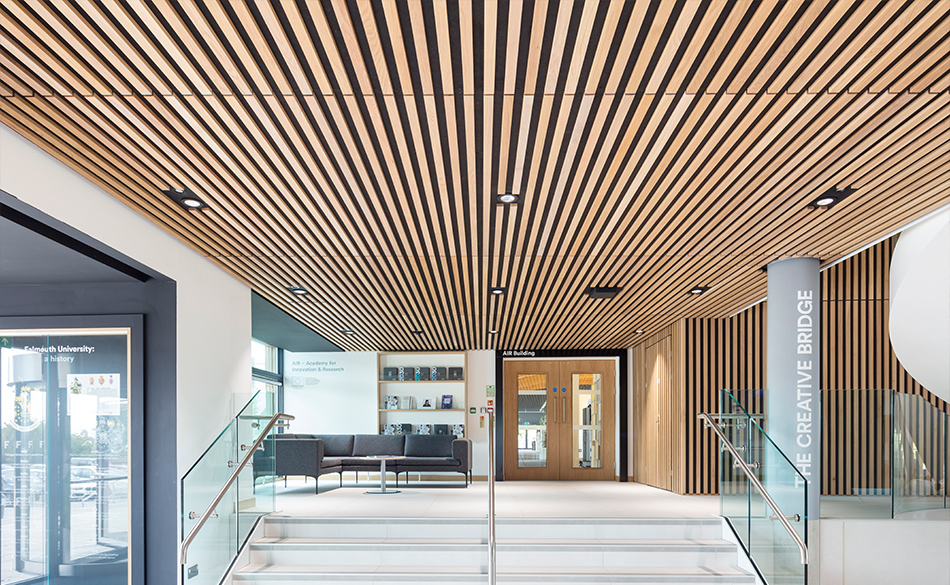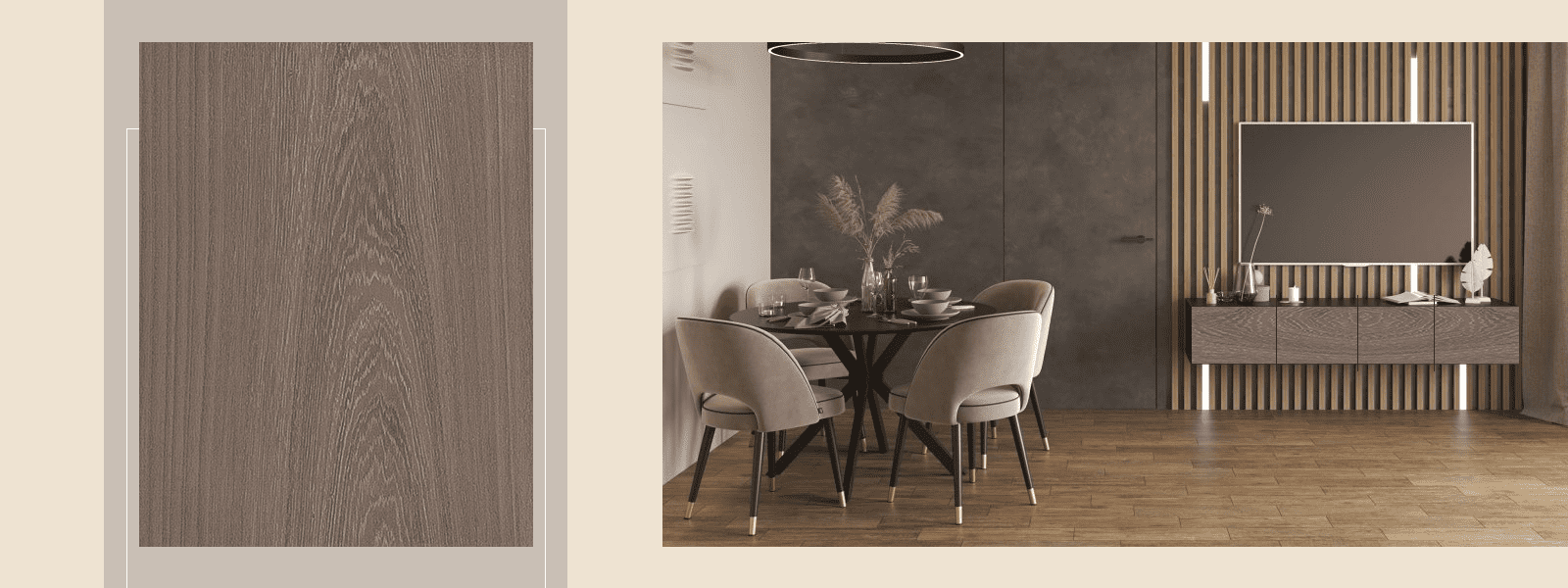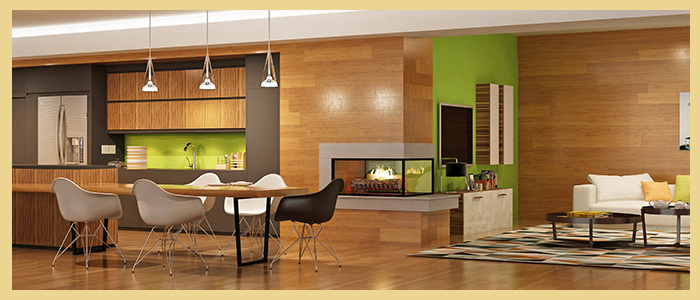In a modern, bustling world in which noise pollution appears to be an inevitable part of daily lifestyles, growing serene and non-violent environments has become paramount. Whether it’s in offices, eating places, faculties, or even homes, the clamor of modern-day existence may be overwhelming.
Enter acoustic ceiling panels—a simple but powerful answer that is gaining traction anywhere. In this amateur’s guide, we’re going to delve into the arena of acoustic ceiling panels, exploring their blessings, types, set-up, and why they may be becoming a staple in interior design.
Understanding Acoustic Ceiling Panels
Acoustic ceiling panels, also called acoustic ceiling tiles or acoustic ceiling clouds, are mainly designed as panels mounted on ceilings to soak up sound and decrease reverberation. They are crafted from sound-absorbing materials, including foam, fiberglass, or mineral wool, which efficiently dampen noise by preventing sound waves from bouncing off hard surfaces.
Why Choose Acoustic Ceiling Panels?
The primary reason to opt for acoustic ceiling panels is their capability to improve acoustics inside an area. By minimizing echoes and reverberations, these panels create quieter and more comfortable environments conducive to attention, communication, and relaxation. Additionally, they enhance speech intelligibility, making communication less complicated in locations like convention rooms or classrooms.
Types of Acoustic Ceiling Panels
Acoustic ceiling panels are available in numerous patterns and designs to meet different aesthetic choices and functional requirements. Some not-unusual sorts encompass:
- Standard Acoustic Ceiling Tiles: These are the conventional square or rectangular panels generally discovered in commercial areas. They offer fundamental sound absorption and are to be had in exclusive textures and colors.
- Acoustic Ceiling Clouds: Suspended from the ceiling, those cloud-like panels add a current touch to interiors while successfully lowering sound reflections from the ceiling.
- Acoustic Drop Ceiling Tiles: Designed to fit into preferred drop ceiling grids, those tiles are easy to install and replace. They provide both acoustic performance and seamless integration with present ceiling structures.
Installation Process
Installing acoustic ceiling panels is a difficult process that may often be completed without expert help. Here’s a basic manual:
- Assess the Space: Determine the area wherein sound absorption is wanted the most, consisting of conference rooms, open-plan places of work, or entertainment areas.
- Select the Right Panels: Choose panels that fit the scale, fashion, and acoustic overall performance requirements of the space.
- Prepare the Ceiling: Clean the ceiling floor and make certain it’s far dry and unfastened from any debris or limitations.
- Install the panels: Follow the producer’s instructions for set-up, whether it entails direct mounting, suspension, or becoming right into a drop ceiling grid.
- Secure Properly: Ensure the panels are securely fastened to save you any potential dangers or injuries.
- Test the acoustics: Once established, evaluate the improvement in sound quality in the area.
Benefits of Acoustic Ceiling Panels
The adoption of acoustic drop ceiling tiles offers a myriad of benefits, including:
- Improved Speech Intelligibility: Clearer communique in meetings, classrooms, and other gatherings.
- Enhanced Concentration: Reduced distractions and stepped-forward cognizance in paintings or examination environments.
- Increased Comfort: Quieter, more non-violent spaces conducive to rest and well-being.
- Aesthetic Appeal: Enhances interior layout while serving a useful purpose.
Cost Considerations
The price of acoustic ceiling panels varies depending on elements including material, length, logo, and set-up method. While a few panels may be extra expensive in advance, the lengthy-term benefits they provide in terms of stepped-forward acoustics and comfort regularly justify the funding. Additionally, do not forget the financial savings from reduced noise-related proceedings and multiplied productivity in industrial settings.
Maintenance and Care
Maintaining acoustic ceiling panels is tremendously simple and requires minimal effort. Regular dusting or vacuuming can help preserve the panels and keep them free from debris. In case of any stains or spills, gently wipe the affected location with a humid cloth using a slight detergent, taking care not to harm the panel’s surface or acoustic houses.
Conclusion
Acoustic ceiling panels offer a realistic and aesthetically appealing method to mitigate noise troubles and beautify comfort in numerous environments. Whether you are seeking tranquility in your private home or productiveness inside the place of business, investing in acoustic ceiling panels could make a tremendous difference in the exceptionality of your environment.
As the trend continues to gain momentum, expect to see extra areas embellished with those sound-soaking marvels, breaking the sound barrier one panel at a time.
Frequently Asked Questions (FAQs)
Acoustic ceiling panels are normally utilized in business settings, including places of work, colleges, and eating places. However, they are additionally becoming more and more popular in residential spaces where noise reduction and advanced acoustics are desired.
While acoustic ceiling panels can substantially reduce noise by absorbing sound waves, they’ll now not absolutely do away with all noise. Factors inclusive of room size, panel placement, and standard acoustic layout play a function in determining the quantity of noise discount.
The lifespan of acoustic ceiling panels depends on various factors, including the best materials, preservation practices, and environmental situations. Generally, well-maintained panels can close many years earlier than an alternative.
Acoustic ceiling panels are available in special designs, a number of which may additionally affect room lights more than others. However, many panels are designed to hold or maybe decorate lighting fixture tiers by means of incorporating reflective surfaces or translucent substances.

